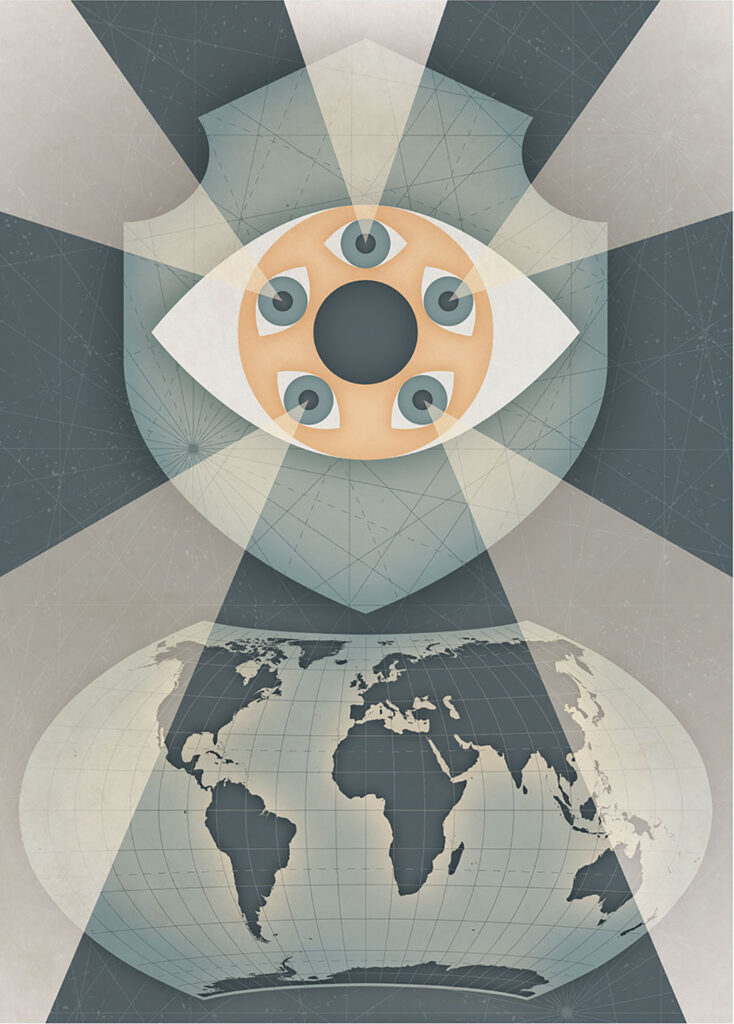Military, intelligence collaboration protects homelands worldwide
THE WATCH STAFF
Military and intelligence-sharing cooperation agreements play prominent roles in the history of homeland defense. Friendly governments collaborated to uncover a Soviet spy ring stealing nuclear secrets. A regional defense pact led to the capture of terrorist kidnappers in Southeast Asia. More recently, Indian insurgent groups operating inside Bangladesh were disbanded, thanks to military coordination between neighboring border forces.
In a digital world where threats can originate from any point on the globe, like-minded countries are coming to an important conclusion: Homeland defense starts with the efforts of friendly nations far from home. “There are folks out there in the world, countries out there in the world who do not share our values and our approach to freedoms and mostly the rules-based order,” Canadian Prime Minister Justin Trudeau said after a meeting with Commonwealth partners Australia, New Zealand and the United Kingdom, according to The Canadian Press. “So, the importance of like-minded friends and partners like us four to stand together … provides a response and a solidarity that is a clear message to those around the world who do not play by the same rules.”
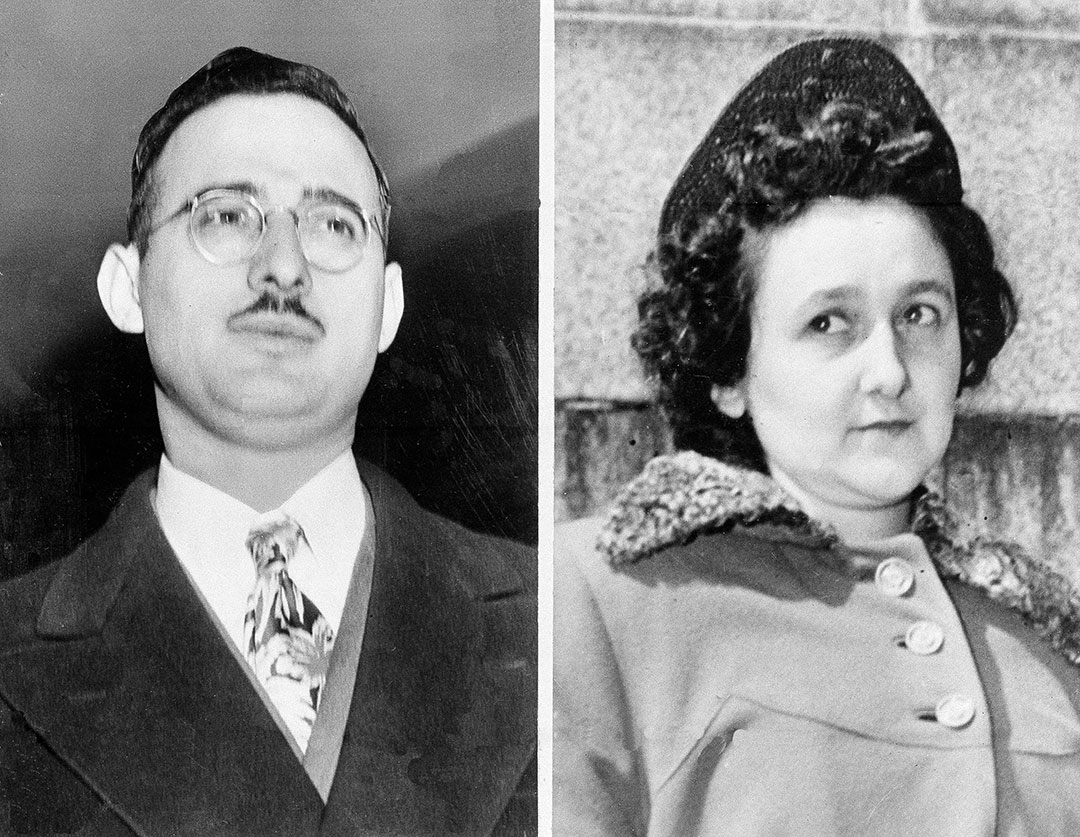
Five Eyes Watch the World
At a time when the Islamic State of Iraq and Syria (ISIS) recruits online and plans attacks worldwide, intelligence sharing has become an indispensable part of the anti-terror arsenal. Terror plots and international cyber attacks draw the attention of what many experts say is the world’s most significant intelligence-sharing entity — the Five Eyes alliance.
Born out of a fight for survival during World War II, the alliance started with intelligence cooperation between the United Kingdom and the United States. The countries forged a close intelligence relationship that later was expanded to include Canada, Australia and New Zealand. The name of the alliance comes from the number of countries that have access to “Eyes Only” information. The intelligence sharing melds technologically sophisticated systems from the U.S. with the U.K.’s more traditional human intelligence operations, which are strong in the former Soviet Union, Europe and the Middle East, according to Reuters.
The relationship between the U.K. and the U.S. was formalized in 1946. A galvanizing event was a joint effort to decrypt Soviet intercepts that helped reveal that spies had compromised the U.S. Manhattan Project. “There was in the United States a creeping realization that maybe the Russians weren’t going to be their friends in the 1950s,” said Kristian Gustafson, senior lecturer of intelligence studies at Brunel University London, according to CNN.
The intelligence breakthrough that revealed the espionage occurred in 1946 when the U.S. and U.K. deciphered the code Moscow was using to send telegraphs, according to an account by the Smithsonian Institution. Venona, the name given to the decoding project, remained an official secret until it was declassified in 1995.
As decryption processes became more sophisticated, the allies discovered several spies. Investigations resulted in the execution or imprisonment of a dozen people who had passed atomic secrets to the Soviets.
As the value of this intelligence pact became apparent, the circle of trusted partners grew. Canada was brought into the fold in 1948, followed by Australia and New Zealand in 1956. The alliance was vital during postwar World War II tensions with the Soviets. “The cooperation was crucial for both countries during the Cold War,” an analysis by the UK Defence Journal website stated. “For Britain, an example was the Five Eyes role in providing complementary intelligence for tracking Soviet submarines with ballistic missiles in the North Atlantic and the North Sea, and for the United States, it relied on long-established British listening posts in territories that were part of Britain’s empire for signals of intelligence, especially in the Middle East.”
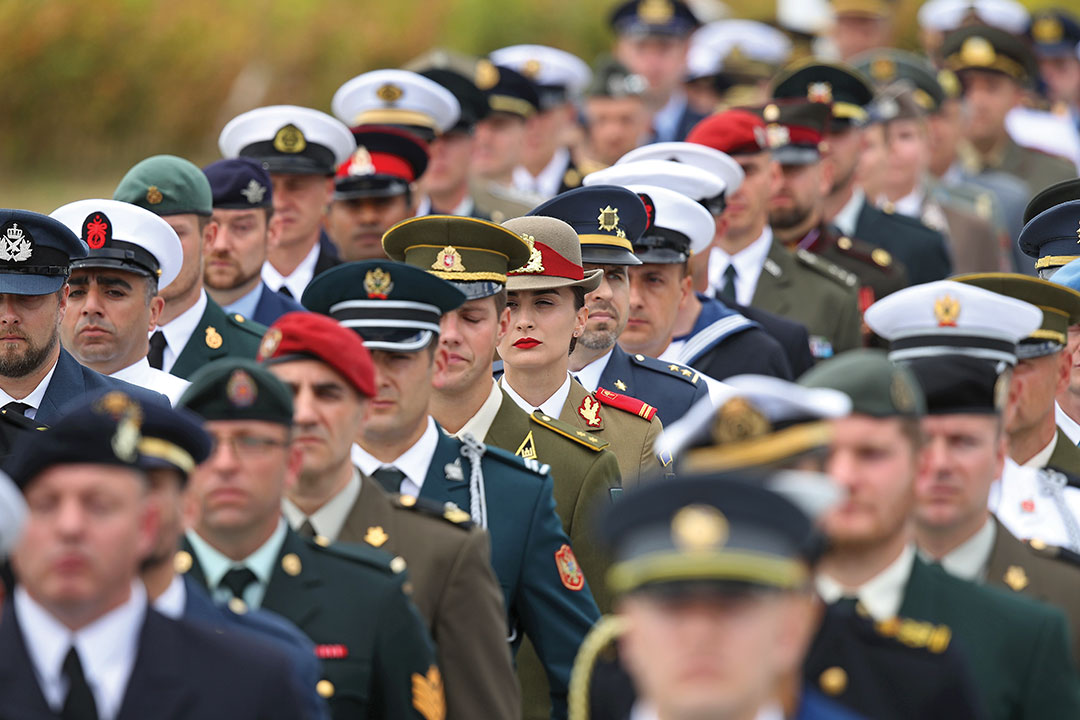
More recently, the Five Eyes alliance has been focusing on terrorist movements, cyber warfare and the situation on the ground in war-torn Syria, according to media reports. After the November 2015 terror attacks in Paris, for example, Five Eyes shared with France some of its most sensitive intelligence on ISIS in Syria.
Intelligence-sharing agreements also have been struck within the North Atlantic Treaty Organization (NATO), which has existed since 1949. Since that time, NATO has grown from an alliance of 12 nations to 29. NATO grew largely out of Cold War fears of Soviet aggression after the Soviet blockade of Berlin and a communist coup in Czechoslovakia. Belgium, Canada, Denmark, France, Iceland, Italy, Luxemburg, the Netherlands, Norway, Portugal, the U.K. and the United States signed the initial treaty on April 4, 1949. After the Soviets detonated an atomic bomb in 1949 and the Korean War started in 1950, NATO members established a central headquarters and committed to providing joint military resources to address threats.
A key provision of the NATO treaty, Article 5, states that if one member of the alliance is attacked in Europe or North America, it is considered an attack on them all. That put Western Europe under the nuclear umbrella of the United States. The only time NATO’s mutual defense provision has been invoked, however, was to support the U.S. after the September 11, 2001, terror attacks on New York and Washington. The alliance activated reconnaissance flights over the U.S., and NATO participated in the U.S-led military operations in Afghanistan.
Regional Response
Thousands of kilometers away, Indonesia, Malaysia and the Philippines were struggling with a shared problem. Local terror groups were using the channels and inlets along their coastlines to move people, cash and weapons around remote islands to launch terror attacks and kidnappings. The nations decided to pool resources, and in July 2017 they launched trilateral naval and aerial patrols to deter ISIS-inspired terrorists.
Called Indomalphi — a combination of the names of Indonesia, Malaysia and the Philippines — the partnership established maritime command centers in each nation. The creation of the patrols marked “a concrete step taken by the three countries” to maintain “stability in the region in the face of non-traditional real threats such as piracy, kidnapping, terrorism and other transnational crimes in regional waters,” according to a statement released by the governments.
The collaboration paid dividends immediately. Brig. Gen. Custodio Parcon, commander of Indomalphi, confirmed that two suspected terrorists affiliated with the ISIS-inspired Abu Sayyaf Group were arrested in the Philippines just days after the defense partnership was announced. The suspects — Ara Samindi and Omar Harun — were wanted by Malaysia and accused of kidnappings off the coasts of Malaysia and the Philippines.
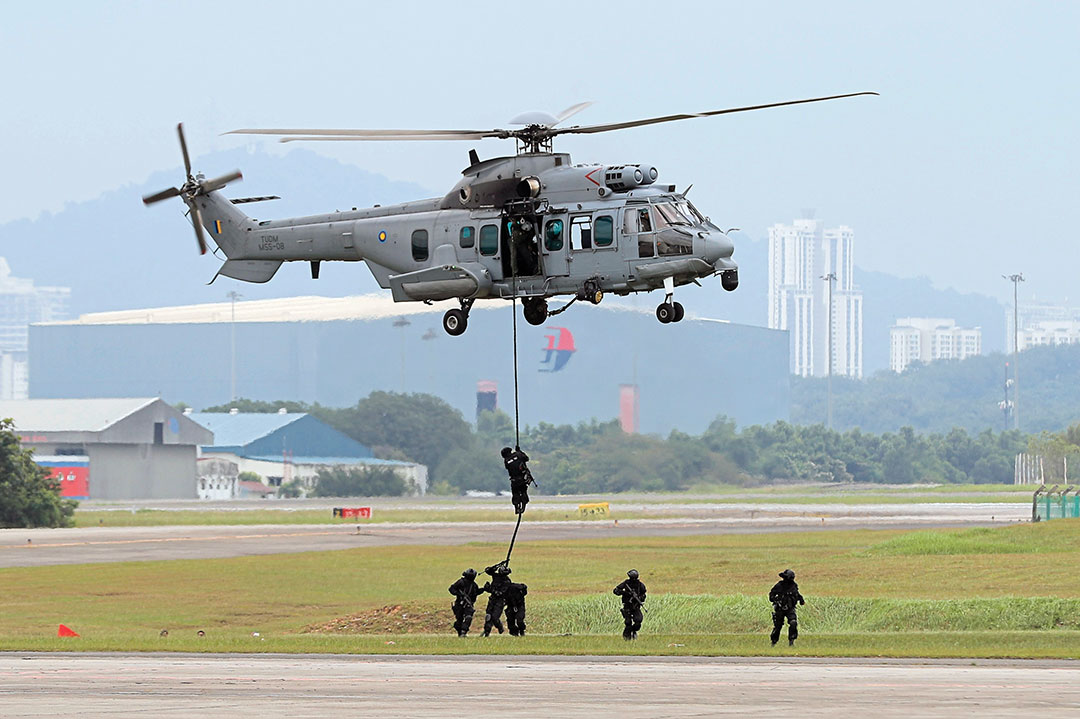
Then-Malaysian Defense Minister Datuk Seri Hishammuddin Hussein said the partnership is broader than coordinated patrols, however. It includes regular intelligence sharing, and the counterterrorism efforts now include police forces. “It is the first collaboration involving all three countries which combines military and police efforts on intelligence-sharing,” he said, according to a report in the New Straits Times newspaper. “The approach is timely and able to bring a positive impact on efforts to address the threat of violence in Southeast Asia.”
Operating procedures for maritime patrols allow military personnel to enter a partner country’s waters during the hot pursuit of suspected criminals. The countries also agreed to establish transit corridors for commercial activities. Due to the urgency of the terrorist threat, the cooperation was achieved “despite territorial disputes and overlapping exclusive economic zones,” stated an article by Asia Pacific Pathways to Progress Foundation Inc., an entity based in the Philippines dedicated to international cooperation.
Local Remedy
Sometimes threats to the homeland originate in a nation’s backyard. For decades, India had been forced to deal with insurgent groups that hide out on Bangladeshi soil. In recent years, however, India’s Border Security Force (BSF) and Border Guard Bangladesh (BGB) began sharing intelligence. The pact now has reduced the insurgent threats to “almost zero,” K Sharma, director general of the BSF, told The Indian Express newspaper.
“Whenever we have information about exodus or insurgents of the northeastern states in Bangladesh, we share the information and immediate raids are undertaken [by the BGB],” he said. “As a result, the number of training places and hideouts of these insurgents have been reduced to almost zero.”
Bangladesh established permanent camps of border forces in areas where the insurgent groups were operating, the newspaper reported. The insurgents included the National Liberation Front of Tripura, the United National Liberation Front and the United Liberation Front of Assam.
The eradication of their camps was viewed as a major success for the border partnership. Since 2015, the border forces have been conducting coordinated patrols to check for crimes, insurgents and terrorists along the 4,096-kilometer border.
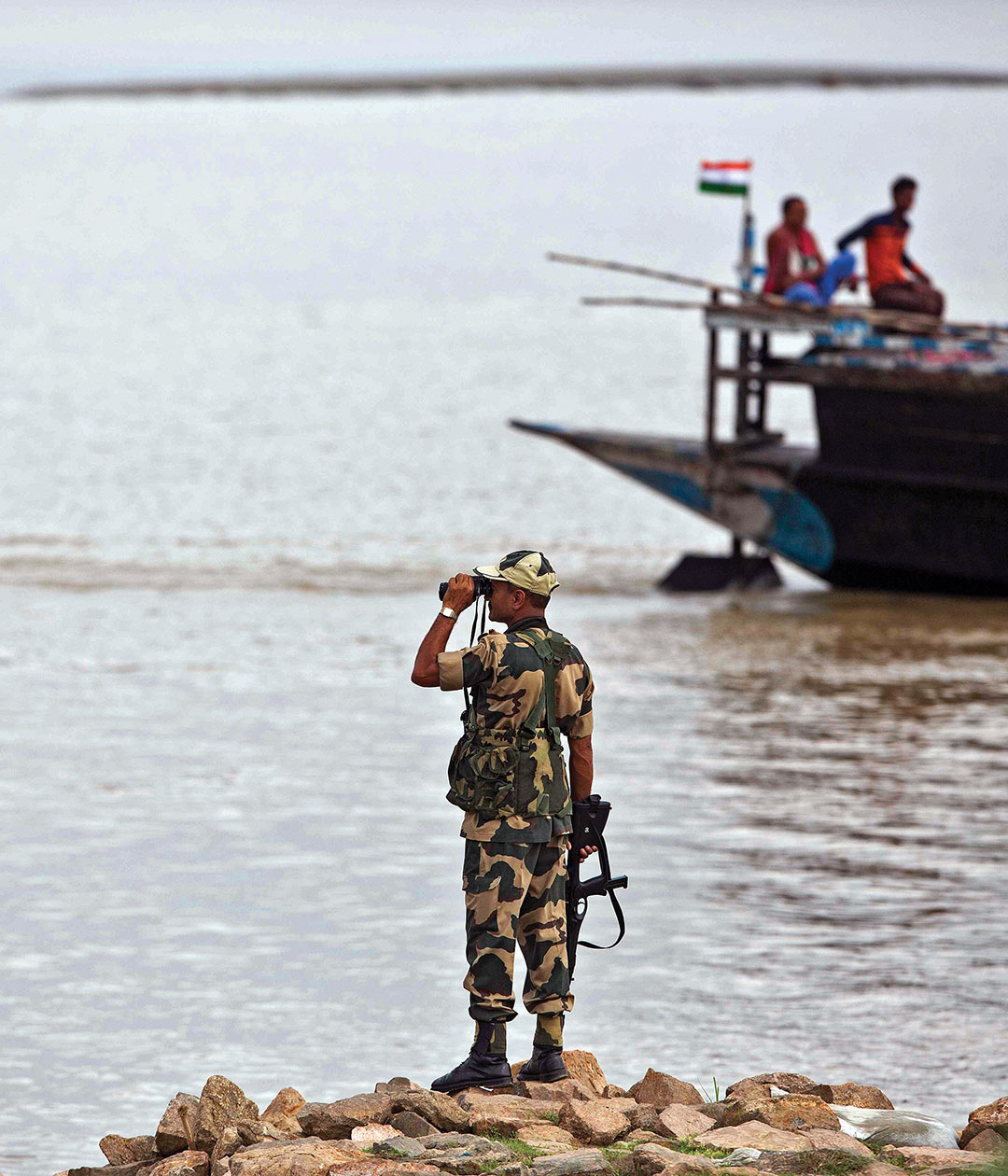
Stronger Together
From regional and local partnerships in Southeast Asia to the international sharing of secrets within the Five Eyes alliance, defense and intelligence agreements for decades have thwarted aggression. Some of the most lasting partnerships the world has known were forged by nations fighting together to preserve freedom.
When soldiers from North Korea marched southward on June 25, 1950, they shattered the peace in the Republic of Korea (ROK) with cannon fire and the clatter of automatic weapons. Two days after the fighting broke out, the United Nations asked the world to unite to resist the aggression.
Soon, the United Kingdom’s 27th Brigade arrived at Pusan to join the ROK and U.S. forces. Shortly after that, troops from Australia, Belgium, Canada, Colombia, Ethiopia, France, Greece, Luxembourg, the Netherlands, New Zealand, the Philippines, Thailand and Turkey arrived. South Africa provided air units, and Denmark, India, Norway and Sweden provided medical units. Italy provided a hospital, even though it was not a U.N. member.
After three years, an armistice was signed to stop the fighting in July 1953, but the U.N. Command remains on the Korean Peninsula. The formation of a binational command between the ROK and the U.S. gives teeth to deterrence efforts. As the ROK’s military capabilities improved, it signed an agreement in 1978 with the U.S. to create the ROK/U.S. Combined Forces Command. It has operational control over more than 600,000 active-duty military personnel from both countries. In wartime, augmentation could include 3.5 million ROK reservists and additional U.S. forces deployed from outside the ROK.
As the two countries now negotiate with North Korea over its pledge to denuclearize the peninsula, the partners have affirmed their commitment to each other by creating Camp Humphreys, a sprawling complex about 70 kilometers south of the capital. U.S. Forces Korea and the U.N. Command moved there in 2018.
Leaders from both countries stated at the opening of the headquarters that the U.S.-ROK alliance is vital for safeguarding the peace on the Korean Peninsula and also the stability of the broader Indo-Pacific region.
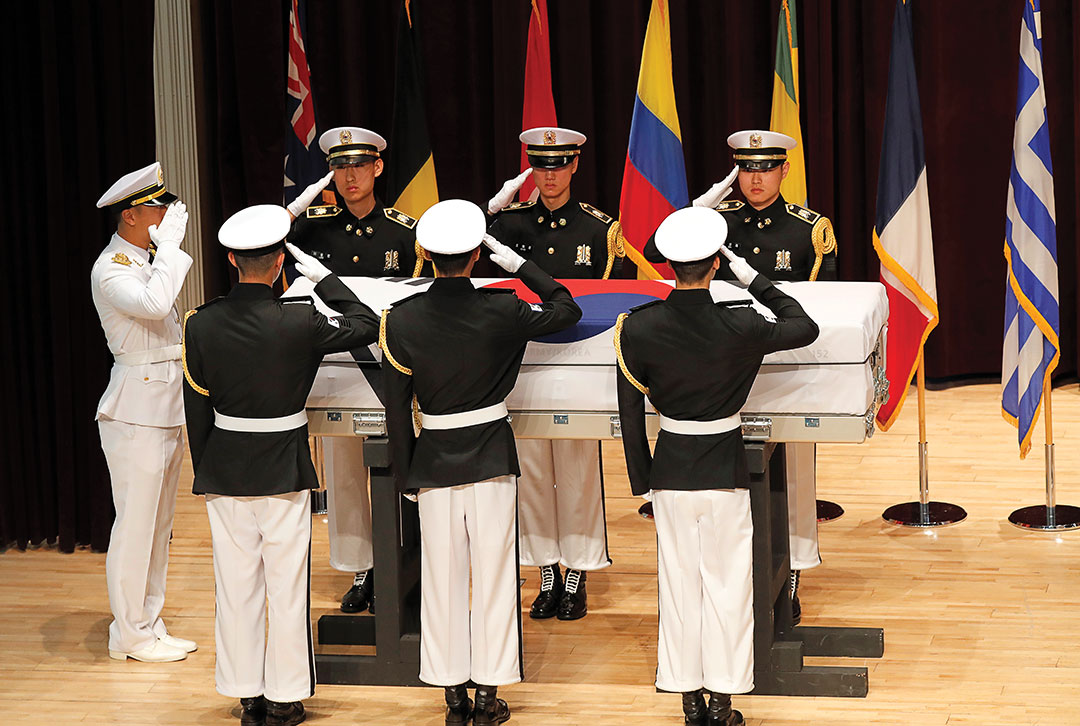
‘Sacred Responsibility’
While the U.S. protects its interests and defends South Korea in the Indo-Pacific, it has enjoyed a 62-year partnership with Canada to defend its own homeland. The North American Aerospace Defense Command (NORAD) celebrated its 60th anniversary in 2018.
The binational command is charged with aerospace warning and aerospace control for North America. When U.S. Air Force Gen. Terrence J. O’Shaughnessy assumed command of NORAD and U.S. Northern Command in May 2018, he spoke about the sacred mission of the defense partnership — protecting each other’s homes.
“There is no doubt that I am joining a combined team that has safeguarded our nations amidst one of the most diverse and challenging security atmospheres in our history,” O’Shaughnessy said. “Thank you for your selfless service and preservation of our sacred responsibility.”

